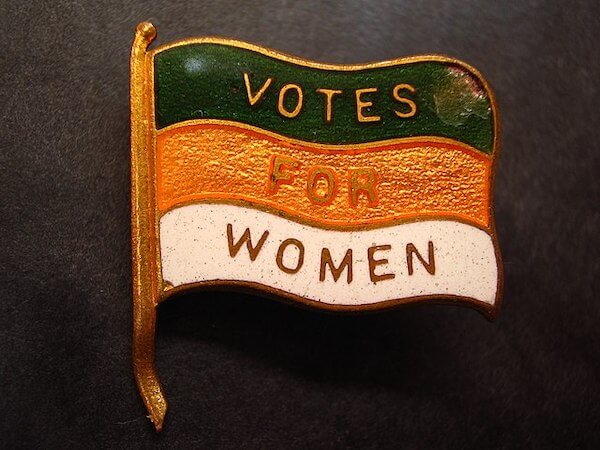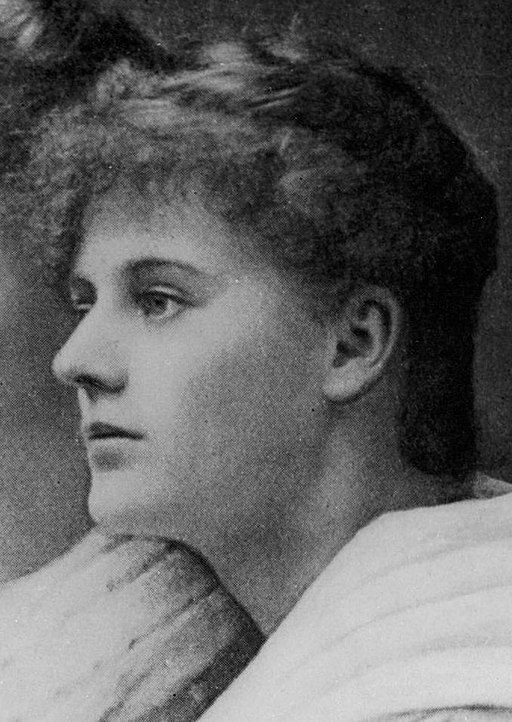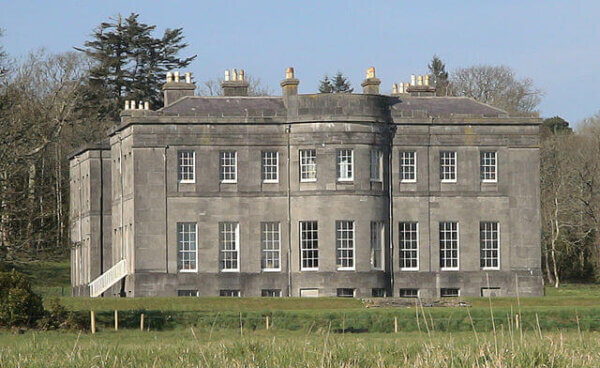Did you know that Irish women received the right to vote in 1918?
This news page contains affiliate links and I may earn compensation when you click on the links at no additional cost to you.

A pop-up museum launched last year recounted the history of the women’s vote in Ireland and the role that they played in Irish politics.
While the exhibition has now closed, there's still plenty of information on the Decades of Centenaries initiative.
Interestingly, Irish women were granted the vote two years prior to their American counterparts.
The pop-up museum project was part of Ireland’s Decade of Centenaries Programme 2012-2023, which commemorates special centenary events that helped shape Ireland’s economic, social and cultural landscape.
See Dublin with the Dublin Pass
Countess Constance Markievicz
If you’re a lover of early 20th-century Irish history, you’ll be intrigued by the story of Countess Constance Georgine Markievicz.
She was the first woman elected to the Westminster Parliament (when Ireland was still part of the United Kingdom) and later elected Minister for Labour in the country’s First Dáil, the revolutionary parliament that convened from 1919 to 1921.
Countess Markievicz also participated in the Easter Uprising of 1916 and was jailed as a result.
She was actually sentenced to death, but this was reduced because she was a woman.

A statue of Markievicz can be found on Townsend Street in Dublin. It shows the revolutionary hero in her military uniform with a dog by her side.
Lissadell House in County Sligo was the home of Markievicz.
It is where she was born in 1869.

She was the first of five children of Henry Gore-Booth, the fifth Baronet of Sligo, and his wife, Georgina.
Her childhood at Lissadell House was a mix of horse riding, sailing, and picnics on the nearby strand. When she was older,
Markievicz was taken to London to be formally introduced into society, like other young girls of her social standing.

Instead of finding a husband, Markievicz persuaded her father to rent a studio for her in London, where she planned to attend art school. Later, she traveled to Paris, where she met Casimir Dunin-Markievicz.
Aware of the disparities around her while living in Ireland, Markievicz chose to go into politics and fight for the nationalist cause.
She wasn’t just a woman of words. She also worked alongside others, feeding the sick and even carrying bags of turf up several flights of stairs to tenants in Dublin’s poorest tenements.
You can discover more about Markievicz and her remarkable life when you visit Lissadell House.
Guided tours are available from April through October.
Read More: Dublin on a Budget: 5 Money-Saving Tips to Get You Around Ireland's Capital
